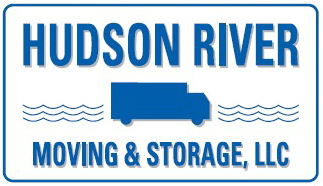5 Tips to Ensure Business Continuity During Your Office Move

Moving your office to a new location can provide a better work environment, better neighborhood, and an updated physical office to work in. But the actual move is often a big disruption in the smooth operation of your business. How can you minimize this disruption and promote continuity? Discover five tips any office owner can apply during their big move.
1. Plan the Right Timing
The first step in minimizing interruption to your business operations is to find the best time for a move. Most offices operate on the weekdays, so the best plan is a weekend move. However, tailor this to your particular schedule.
In addition, look for points in your business cycle when things are less busy or some projects are wound up. This might be the summer, the end of the year, your off-season, or even just certain days of the month.
2. Outsource Whenever Possible
Keep your employees focused on their own work by outsourcing the actual move as much as you can afford.
Choose a moving company with plenty of experience and additional services for commercial moves. Hire extra help in the weeks (or days) leading up to the move so employees can get assistance packing up work areas, sorting through files, purging items, disconnecting your I.T. and continuing to serve customers. Pay professionals to disassemble and reassemble furniture as well as to prepare specialized transportation for sensitive assets.
3. Create Continuity Plans
Business continuity plans are prearranged plans for how to continue doing normal activities during emergency situations. While the move isn't exactly an emergency, it can be just as disruptive. Make an overall continuity plan for the office, but also ask departments or individuals to present their written, targeted continuity plans.
These continuity plans may include things like how to operate without certain equipment or files, how employees can work from a remote or mobile setup, which items to pack first or last, how to use outsourced services to keep things flowing, and how they will make records available when necessary.
4. Build In Some Overlap
Can you schedule the move so that both locations are available and operating at the same time? This may cost a little extra money or take extra work, but it promotes the best office continuity.
For instance, get the utilities and connections set up in the new office before moving day. Assign one or a few employees to start up operations there before everyone else moves. Deliver new furniture and equipment and set up in the new space before the old equipment comes. Or just schedule services to start early and stop later so you have a buffer if things don't go to plan.
5. Consider Multi-Step Moves
While most business owners plan for a single-day move, this isn't your only option. Some offices find that a multi-day move works better for continuity. How might you use this method?
You could, for example, move departments or common areas in what is called a "pre-move". By moving in stages, this allows a company to have one area of business up and running in their new space before another goes offline. Perhaps you could move the production of one product or service at a time so that customers continue receiving services. Or arrange for less-used equipment to leave early and wait until the last moment to move key tasks. A multi-step approach gives you flexibility.
Are you moving to, from, or around the New York City area? Then start planning your office move by meeting with Hudson River Moving & Storage, LLC. We specialize in commercial moves of all sizes and types. Let us help you find the best time, the best schedule, and the best means of moving your employees without affecting the quality of business operations. Call today to make an appointment.
